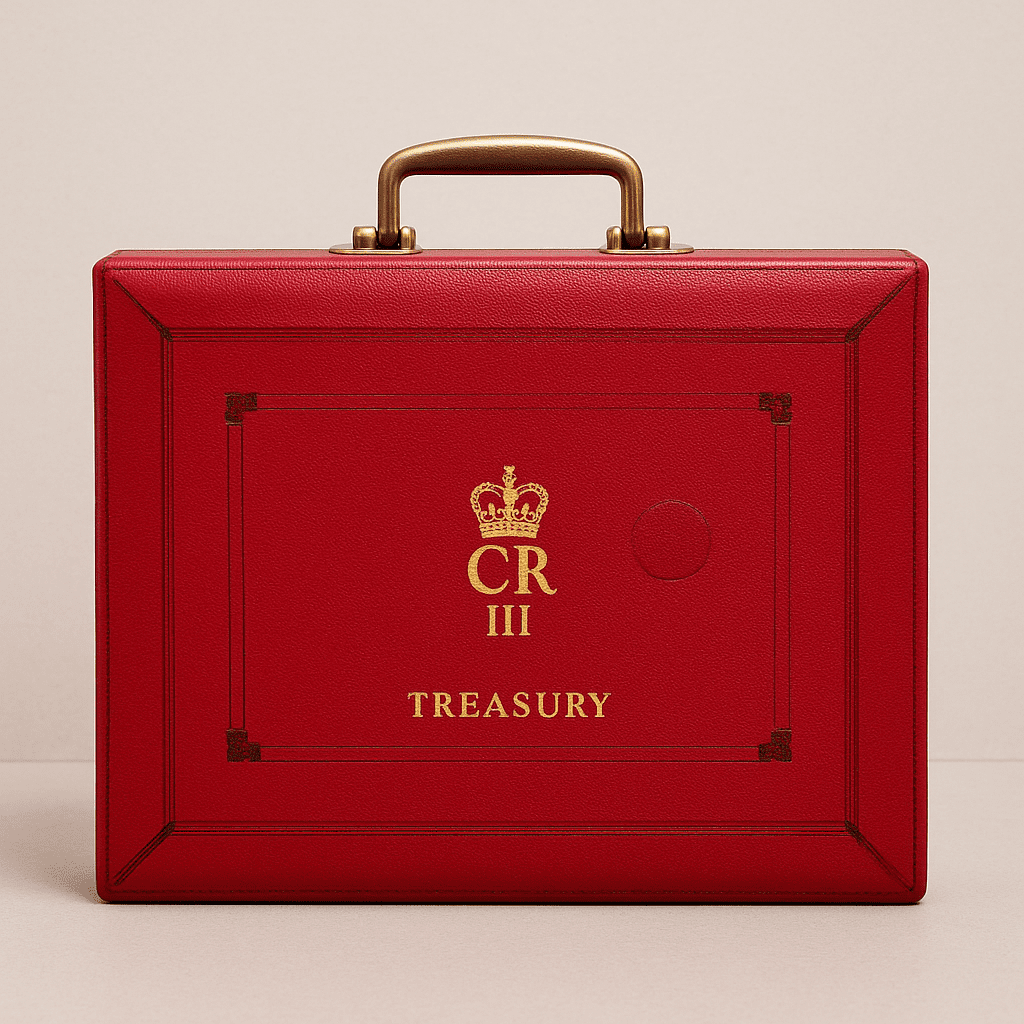Inflation is an increase in the general price level of goods and services in an economy. This means that the purchasing power of a unit of currency decreases as prices rise.
If we take an example of a 5% inflation rate against £1, it means that the purchasing power of £1 has decreased by 5% over a certain period of time. In other words, goods and services that cost £1 before the inflation rate of 5% would now cost £1.05.
Inflation can occur for a variety of reasons, but some common causes are:
- Demand-Pull Inflation: This type of inflation occurs when there is a surge in demand for goods and services, leading to an increase in prices. This can happen when there is an increase in consumer spending, government spending, or business investment.
- Cost-Push Inflation: This type of inflation occurs when the cost of production increases, which leads to an increase in prices. This can happen when there is an increase in the cost of raw materials, labour, or energy.
- Imported Inflation: This type of inflation occurs when the price of imported goods increases, which leads to an increase in the general price level in the UK. This can happen when the exchange rate of the pound decreases, making imports more expensive.
- Structural Inflation: This type of inflation occurs when there are long-term imbalances in the economy that lead to a sustained increase in prices. This can happen when there are structural problems in the labour market, such as a shortage of skilled workers, or when there are supply-side constraints, such as a lack of infrastructure or technology.
- Hyperinflation: This is an extreme form of inflation that occurs when prices increase at a very high rate, usually above 50% per month. This can happen in extreme economic or political situations, such as war or a collapse of the monetary system.
Inflation can be both good and bad depending on the context. In the short run, inflation can stimulate economic growth by encouraging people to spend money before prices rise further. However, in the long run, high inflation can lead to a decrease in the standard of living, as the value of money decreases and prices rise faster than wages. This is something we have seen recently following the rise in energy prices.
Inflation has been headline news recently and you often hear the word ‘interest’ follow closely behind. There is a close relationship between interest rates and inflation, as central banks often adjust interest rates to control inflation. When inflation rises, central banks may increase interest rates to slow down economic growth and reduce consumer spending, which can help to reduce demand for goods and services and ultimately lead to lower inflation.
When interest rates are high, borrowing costs increase, making it more expensive for individuals and businesses to borrow money. This can lead to a decrease in spending, investment, and economic growth, which can help to reduce inflation. Conversely, when interest rates are low, borrowing costs decrease, making it easier for individuals and businesses to borrow money and spend more, which can stimulate economic growth and increase inflation.
Central banks use interest rates as a tool to control inflation and stabilize the economy. They may increase interest rates to combat high inflation or decrease interest rates to stimulate economic growth and prevent deflation (a sustained decrease in the general price level of goods and services). By adjusting interest rates, central banks can influence the amount of money in circulation, which can affect demand for goods and services and ultimately influence the level of inflation.
Inflation can create a sense of uncertainty and instability in the economy, which can lead to panic and anxiety among individuals and businesses. We are able to help you plan and be prepared for rises in inflation. In next months newsletter we will explain a few ways in which you can be more prepared for the next rise in inflation.






Recent Comments